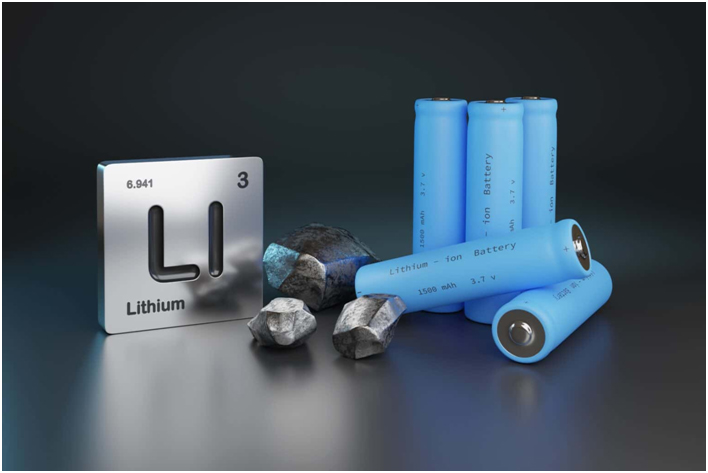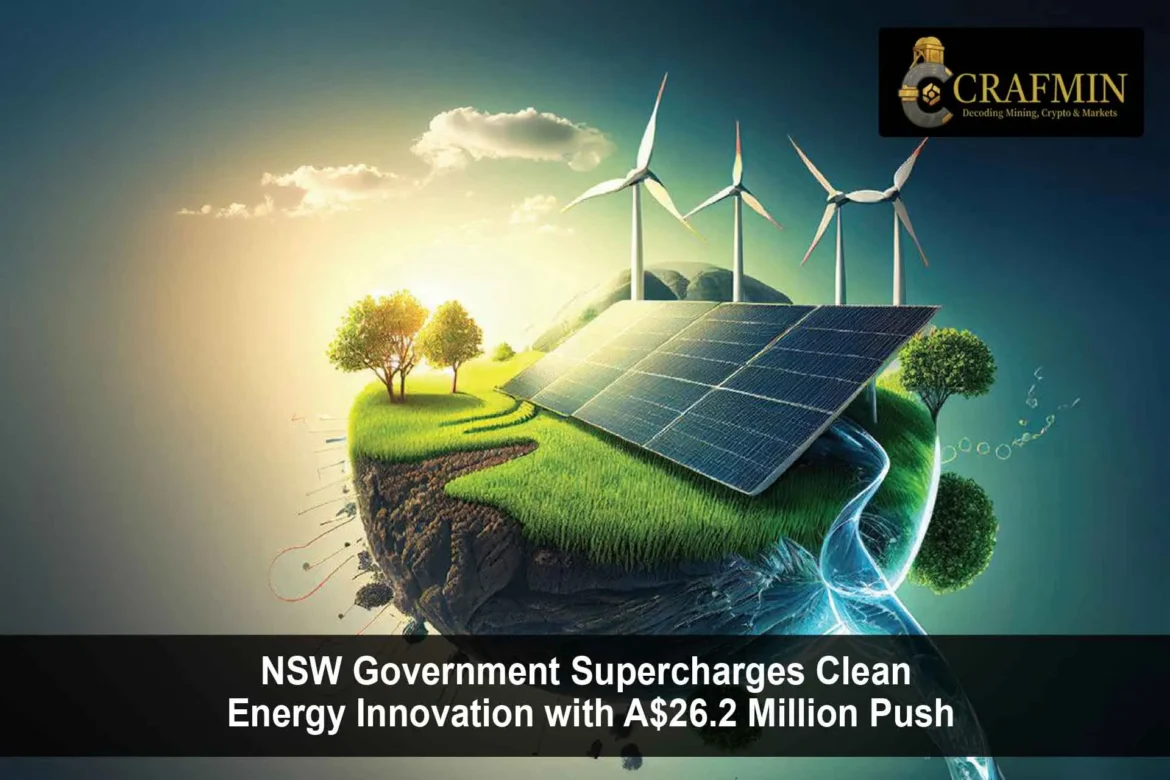 Image: jroballo/stock.adobe.com
Image: jroballo/stock.adobe.com
The New South Wales (NSW) Government is investing in its future—into a cleaner, greener energy industry. With a major injection of A$26.2 million, the state is backing 13 leading clean energy innovation projects aimed at reducing emissions, strengthening local industries, and building a more secure economic future.
This isn’t policy jargon. These investments are made at a time when the world energy map is changing rapidly, and Australia can no longer be left behind. With the climate crisis deepening and global markets calling for action on cleaner practices, NSW is giving the world a clear message: clean energy is not only the right thing to do—it’s the smart thing to do.
From Vision to Action: What’s Being Funded?
The A$26.2 million new funding is one component of the larger Net-Zero Manufacturing Initiative, a A$275 million plan to re-industrialize NSW with a net-zero advantage. The 13 projects being funded in this round aren’t ideas on paper. They’re actually existing technologies with proven application potential—ranging from producing green hydrogen and extracting advanced lithium, to printable solar panels and robotics that directly address industrial emissions.
Some highlights are:
- HydGene Renewables of Lane Cove, which has been given A$2.5 million to come up with a method of producing hydrogen and ammonia from farm waste—opening the door to carbon-neutral farming and alternative fuels.
- Novalith Technologies of Alexandria was given A$1.5 million to transform lithium mining. Instead of using the old, highly chemical-intensive method, their process minimizes waste and the impact on the environment.
- Hullbot, a company based in Rozelle, will utilize A$2 million to expand robotic technology for cleaning ship hulls without the use of harmful chemicals. Not only does it minimize drag and fuel consumption, but it also halts invasive species from spreading within marine ecosystems.
- Kardinia Energy is progressing with printed solar cell technology. Solar film, rolled out like wallpaper on stadium roofs or country houses—ultra-light, flexible and affordable. That’s what the future of Kardinia is developing.
- FPR Energy will be granted almost A$5 million to commercialise solar thermal energy storage, a potentially ideal solution to intermittency in renewable energy systems.
Together, these projects have attracted an additional A$46.9 million of private investment, demonstrating that industry players recognize genuine, bankable value in these scale-ups and clean-tech startups.
Not Just Innovation—It’s a Jobs Engine
NSW Climate Change and Energy Minister Penny Sharpe has emphasized the economic as well as environmental advantages of these projects. This project, she stated, is a win-win: it reduces emissions but also generates new industries and skilled jobs in NSW.
There’s genuine heft to that. Green technology and clean energy aren’t niche industries anymore—they’re at the center of contemporary economies. The Clean Energy Council says the renewable energy industry in Australia already employs more than 30,000 workers and that figure is expected to more than double by 2030.
While firms such as HydGene and Novalith expand, the ripple effects will be experienced throughout regional supply chains—engineering companies, chemical plants, robotics engineers, logistics companies, and even rural farmers. The energy of the future isn’t solar panels and wind turbines—it’s a sophisticated network of innovation-fueled local economies. NSW is squarely placing its bet on this ecosystem to be the leader. Why NSW, Why Now?
The timing is not coincidental. NSW has committed to reducing greenhouse gas emissions by 70% by 2035, the most ambitious target in the nation. Achieving that objective takes a lot more than solar panels and electric cars. It needs systems-level innovation—reframing how we produce, transport and administer energy and materials.
With more than 45 operational solar and wind farms and almost 100 other renewable projects in different stages of planning, the transition to energy is already well progressed. But lacking until now has been mass public backing for stage-one innovation—the kind that sees an idea move from the lab bench to the field trial.
This A$26.2 million pledge plugs the gap.
Global Implications, Local Impact
Geopolitically, Australia is in a special position. It’s bountiful in key minerals such as lithium, nickel and cobalt—key components for batteries, electronics and electric vehicles. Historically, however, Australia has been exporting these raw materials and bringing back the processed ones.
What NSW is doing today—in particular by investing in companies like Novalith—turns that on its head. It’s not mining anymore; it’s processing, adding value to, and then exporting the world’s most sustainable tech solutions.
It’s not economic patriotism; it’s economic survival. Those nations that own the clean-tech supply chains will own the markets of the future. NSW is rising up to take its share of that new world order.
A Message to Tech Innovators and Crypto Enthusiasts
For the wider tech community, particularly those who are interested in crypto, blockchain or decentralised finance, the signs here are salient to observe. Innovation is not siloed. Clean energy cuts across data centres, mining operations, transaction validation, and cloud infrastructure.
More sustainable lithium processing means cheaper, cleaner batteries for decentralised storage. Smarter ammonia systems and waste recycling mean better energy management for blockchain servers. These innovations matter—even if you’re not a “green” investor on paper.
If Australia can prove that clean-tech startups can be scaled locally—with government backing and investor confidence—it lays the foundation for a whole new digital economy to emerge: one that’s decentralised, carbon-neutral, and efficient.
Looking Forward
Every one of the 13 funded projects will have milestones to be completed between now and 2028, with periodic performance evaluations. But the true measure of success won’t be in megawatts conserved or emissions reduced. It’ll be seen in factory floors opening to produce solar cells, in harbors where ships arrive without toxic barnacle coatings, and in local communities where trash is burned as fuel.
In a world where climate news tends to deliver more gloom than promise, NSW is steadily, assertively crafting another narrative—one of partnership, imagination and possibility.
And this time it’s not practice. It’s a blueprint.

